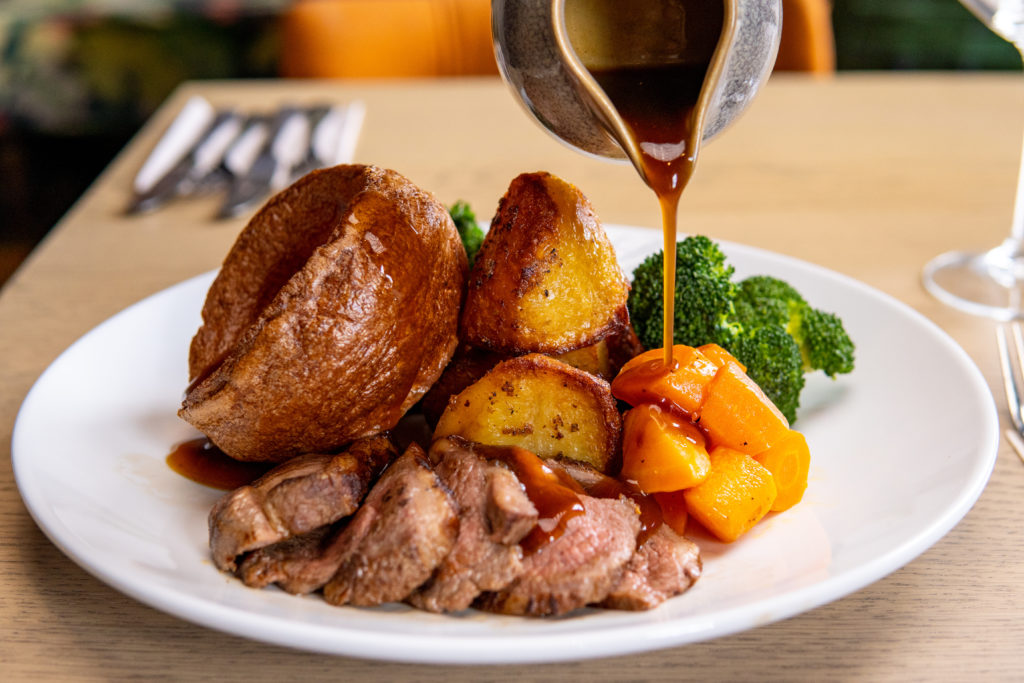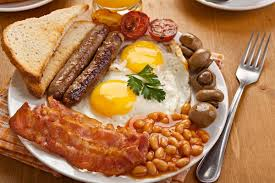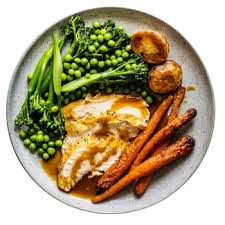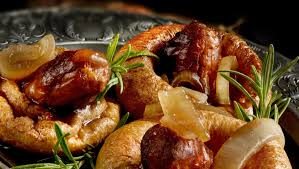Traditional English Food: A Culinary Heritage of the United Kingdom
The rich tapestry of traditional English food tells the story of a nation shaped by centuries of history, regional influence, and social change. From the hearty meals of the working class to the refined dishes of the aristocracy, English cuisine reflects the diversity, resilience, and evolving tastes of its people.
Though it has often been overlooked in favour of French or Italian cuisine, English food offers depth, comfort, and a strong sense of identity that continues to evolve in the modern age.
A Historical Overview
Traditional English food has its roots in mediaeval feasts, rural traditions, and the impact of global trade. Historically, meals were influenced by agricultural life — seasonal, local ingredients were key. The Norman conquest in 1066 introduced spices, new methods of cooking, and French culinary sophistication, which were gradually absorbed into English practices.

By the 18th and 19th centuries, the Industrial Revolution shifted eating habits. With urbanisation came the need for quick, filling meals for workers. Pies, puddings, and stews became the bedrock of British kitchens. British Empire trade routes brought in exotic ingredients — tea, curry spices, sugar, and cocoa — further enriching the national palette.
Key Characteristics of Traditional English Food
- Hearty and Filling: English cuisine is often described as “hearty”. Dishes are typically warm, comforting, and intended to satisfy — particularly important in a damp, cool climate.
- Simple Preparation: While historically lacking the flair of continental cuisine, traditional English food is straightforward, relying on the natural flavours of good-quality ingredients.
- Emphasis on Meat and Root Vegetables: Roasted meats, potatoes, carrots, parsnips, and onions are staples in many English dishes.
- Sauces and Gravies: Most traditional dishes are served with gravies or sauces to enhance their richness.
- Puddings and Pastries: Both savoury and sweet puddings are essential in traditional English cooking — from Yorkshire pudding to sticky toffee pudding.
Iconic Traditional English Dishes

1. Full English Breakfast
Often referred to as a “fry-up”, the Full English Breakfast includes bacon, sausages, eggs, baked beans, black pudding, grilled tomatoes, mushrooms, and toast. Though heavy, it’s considered the ultimate indulgent start to the day and remains popular in hotels and cafés across the UK.
2. Fish and Chips
Arguably the most internationally recognised English dish, fish and chips became a staple of working-class diets in the 19th century. Traditionally made with cod or haddock, coated in a light batter and served with chunky chips and mushy peas, it’s still best enjoyed wrapped in paper by the seaside.
3. Sunday Roast
A revered weekly ritual, the Sunday roast features roasted meat (typically beef, chicken, lamb, or pork), roast potatoes, vegetables, stuffing, and the essential Yorkshire pudding, all topped with gravy. It reflects a deep sense of family and tradition in English households.
4. Shepherd’s Pie and Cottage Pie
These baked dishes consist of minced meat (lamb for Shepherd’s Pie, beef for Cottage Pie) in a savoury gravy topped with mashed potatoes and browned in the oven. Originating from humble roots, these pies offer a warming meal especially appreciated during colder months.
5. Steak and Kidney Pie
A quintessential British savoury pie filled with diced steak and kidney in a rich, thick gravy. Often encased in suet or shortcrust pastry, this dish remains a fixture in pubs and traditional bakeries.
6. Toad in the Hole
Despite its peculiar name, this dish features sausages baked in a Yorkshire pudding batter. It’s served with onion gravy and vegetables and is especially popular among children and families.

7. Ploughman’s Lunch
A cold meal traditionally served in pubs, the Ploughman’s Lunch includes crusty bread, cheese (often Cheddar or Stilton), pickles, cold meats, and sometimes apple slices or boiled eggs. It symbolises rustic simplicity and is often accompanied by a pint of ale.
8. Bangers and Mash
This dish combines sausages (“bangers”) and mashed potatoes (“mash”) and is usually served with onion gravy and garden peas. It’s an affordable, easy-to-make favourite in many British households.
9. Cornish Pasty
Originating in Cornwall, this handheld pastry is filled with beef, potatoes, swede, and onions. Originally a portable meal for miners, it remains a beloved regional and national delicacy.
10. Spotted Dick and Treacle Pudding
These classic steamed puddings are made with suet and dried fruits. Served with custard, they are a nostalgic treat for many and often appear on traditional dessert menus.

Regional Varieties
Traditional English food is rich with regional distinctions:
- Yorkshire: Home of Yorkshire pudding, parkin (a ginger cake), and Wensleydale cheese.
- Cornwall: Known for Cornish pasties and clotted cream.
- Lancashire: Famous for Lancashire hotpot — a lamb stew topped with sliced potatoes.
- Midlands: Pork pies from Melton Mowbray and Stilton cheese.
- London: Once famous for jellied eels and pie and mash — dishes now seeing a revival in East London eateries.
Influence of Global Flavours
With England’s long history of colonisation and immigration, traditional cuisine has absorbed many global elements. The popularity of chicken tikka masala, often cited as “Britain’s national dish”, is a testament to this blend. Caribbean, South Asian, and African flavours have seamlessly merged with English tastes to create a more diverse culinary identity.
Traditional English Food in Modern Times
Today, many English dishes are being reinterpreted by chefs across the UK. The rise of gastropubs has elevated traditional recipes by using high-quality, locally sourced ingredients and modern techniques. Dishes like beef Wellington, pork belly roast, and heritage carrot stew combine traditional roots with culinary innovation.
Additionally, the UK’s growing emphasis on sustainability and health-conscious eating has led to adaptations of classic dishes to suit vegetarian, vegan, and gluten-free diets. For example, lentil cottage pie or mushroom toad in the hole offer plant-based twists on old favourites.

English Afternoon Tea: A Culinary Experience
No exploration of traditional English food would be complete without mentioning afternoon tea. Introduced in the 1840s by Anna, the Duchess of Bedford, afternoon tea consists of finger sandwiches, scones with jam and clotted cream, cakes, and, of course, a pot of tea. This elegant tradition remains popular in tea rooms, hotels, and homes across the UK.
Traditional English Drinks
Traditional food often goes hand in hand with English beverages:
- Ale and Beer: With a long brewing history, local ales and bitters are often enjoyed with savoury dishes.
- Tea: A daily ritual in most homes, black tea with milk remains a national favourite.
- Cider: Particularly popular in the West Country.
- Pimm’s and Gin: Refreshing summertime drinks that pair well with lighter fare like Ploughman’s Lunch or cucumber sandwiches.
Preserving the Culinary Heritage
As global cuisine and fast food dominate modern menus, there’s a growing movement to preserve traditional English recipes. Initiatives by food historians, cooking schools, and farm-to-table restaurants are bringing these dishes back into the spotlight. Cooking shows, food festivals, and even school curricula now highlight the value of traditional English cooking.

Conclusion
Traditional English food is far more than just hearty meals and simple fare — it is a reflection of the nation’s history, geography, and values. From the robust flavours of the Sunday roast to the elegant charm of afternoon tea, these dishes continue to provide comfort, nostalgia, and identity to people across the UK. While modern influences reshape the culinary landscape, the essence of English food remains rooted in its timeless ability to bring people together around the table.
